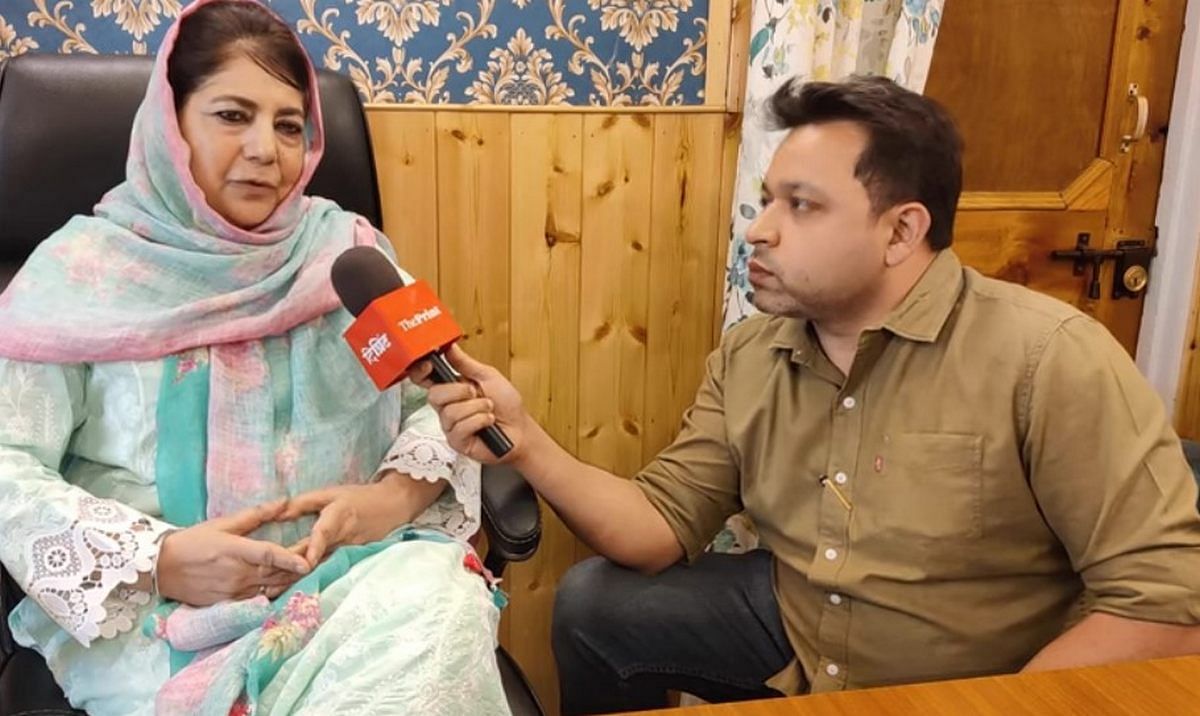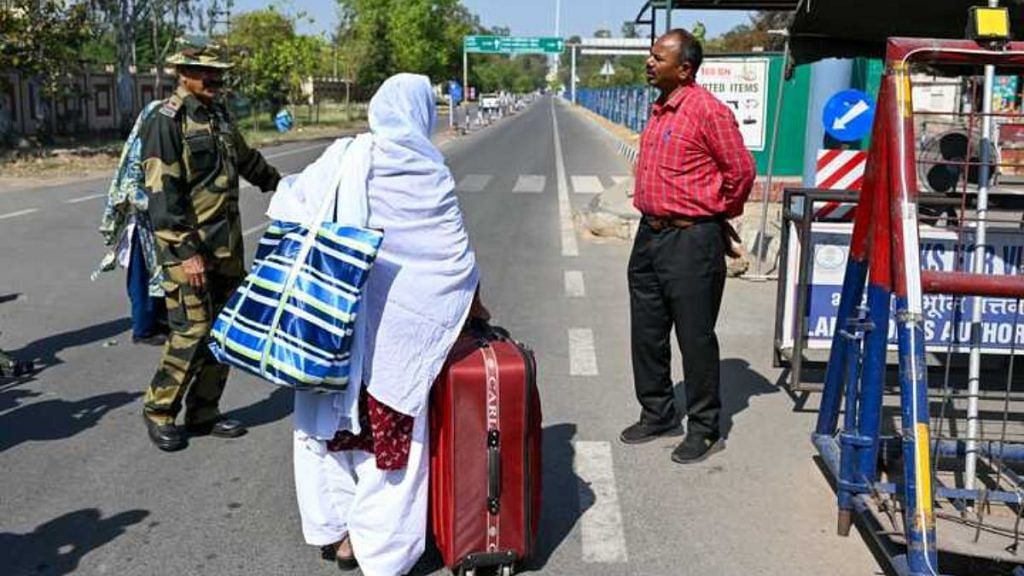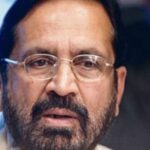That’s the message from ThePrint newsroom: Everyone is on standby to contribute in any way they can to the coverage of the Pahalgam terrorist attack and its aftermath.
That’s because the killing of 27 tourists in the Baisaran Valley wasn’t just about national security, India-Pakistan relations, or Jammu and Kashmir. It was also a story of those who were killed and those who survived; it was about the mood in the country—the anger of Hindus and the regret of Muslims. It was about the Indus Waters Treaty, the economic impact, and much more.
The tourists who were killed had come from different Indian states: Uttar Pradesh, Gujarat, Karnataka, Rajasthan, Haryana.
“It wasn’t just a Kashmir story. It reverberated across India,” said Rama Lakshmi, Editor, Opinion and Ground Reports. “We tackled it from all sides.”
In fact, it had so many angles to it that a story could appear from anywhere.
For example, the film , starring Pakistani actor Fawad Khan—something of a heartthrob in India—was about to be released when the civilians were shot in Pahalgam. This led to calls for its boycott. ThePrint was very quickly.
For a relatively small newsroom, such a major incident was a challenge. We had to deploy our resources intelligently to tell readers what had happened in the attack, what happened thereafter, and what may happen in the near future.

“The key challenge for us as a team was to bring stories from the ground and voices that matter, while separating them from misinformation and rhetoric,” said Janki Dave, News Editor and Head of Videos.
One aspect stood out: a concerted effort to approach this as a multimedia assignment: for reporters to write, but also send back video reports on all the developments and use maps, graphics to explain.
The videos have done extremely well, be it in reports or opinion.
“On ThePrint YouTube channel, while we shared our ground reports, we also brought in our editors, contributors, columnists, and experts for big-picture analysis. The aim was to share the news, and mute the noise,” said Dave.
For a sample of the kind of videos that went out, here’s one on the ground capturing over the attack, and another in which Lt General (Retd) HS Panag India’s response.
So how did ThePrint go about its job? Firstly, we left the immediate news developments to the automated feeds from news agencies such as ANI and PTI. We also have Reuters.
Moving beyond that, we had senior reporters on the ground almost immediately.
Sajid Ali Mir, Head, Multimedia, who was already in Kashmir, managed to , where the shooting occurred, the day after, and trekked up in the area surrounding it. He was one of the first to that the tourists had been identified by religion before being shot—or left alone—after speaking to a local photographer who was present during the attack.
“It was painful to be there—see the shoes of a child, a bag… Throughout those first few days, I asked myself, what just happened here?” said Mir.

DK Singh, Editor, Politics, guided Mir from Delhi. “We were lucky Sajid was there. The brief was to get to the attack site fast and report on what exactly had happened,” he said. “And when the first protests by local Kashmiris began, Sajid and Snehesh (Alex Philip) were able to immediately report it. This was very important once it became known that Hindus had been killed,” he added.
Deputy Editor Snehesh Alex Philip and Photo Editor Praveen Jain arrived in Srinagar a day later. They have filed numerous reports since then on news developments and the mood in the Valley—on the streets and among politicians and the administration.
“When we arrived at the airport, we saw the coffins and the families of the victims there,” said Philip from Srinagar.
Since Baisaran was off-limits by then, Philip and Jain were stationed in Srinagar. Philip has filed more than a dozen reports and video stories already, including featuring the reactions of the local community.
“Please India, forgive us,” said one crestfallen local resident.
Philip was among the first to the men who carried out the killings. He also PDP chief Mehbooba Mufti, who asked for the “terrorists” to be punished—coming from her, that’s big.
Philip writes and oversees ThePrint’s defence and foreign affairs coverage, so he tracked on the security front as well.
We also carried an unusual story on the response of other communities in Kashmir to the attack. This by ThePrint School of Journalism graduate Sharanveer Singh tells you how Sikhs assisted tourists.
Back in Delhi, the security and India-Pakistan angle, plus the international dimensions of the incident and the possible consequences of India’s retaliation, were paramount. They were covered both in reports and opinion pieces.
On the reporting side, Senior Associate Editor Ananya Bhardwaj, who covers internal security, has been trying to find out as much as she can about how the attack happened. Along with colleagues Bismee Taksin and Mayank Sharma, she worked well into the early hours of 23 April to confirm information. ThePrint that 28 people had been killed in the attack as early as 5.47 pm on 22 April—at least an hour before TV news channels broadcast the number. Likewise, we published a piece by 9 pm the same night saying there were involved in the attack.
“We worked hard with all our sources in Kashmir and in Delhi to confirm these stories—we ensured we had credible information,” said Ananya Bhardwaj.
She also has this on why the security forces relaxed their guard.
Other reporters such as Debdutta Chakraborty tackled the Pakistan and international angles to the incident. Besides routine reaction reports, she also captured some interesting side effects, like from Pakistan.
The diplomatic fallout between India and Pakistan, and the international perspective, were reported by Keshav Padmanabhan. Besides routine developments, he looked at unusual news ideas. Here is an on the respective staff strengths of the Indian and Pakistan missions, and another on how Prime Minister Narendra Modi on his way to Saudi Arabia for his official visit on the morning of 22 April but did not fly back over it on his return that night.
Moushumi Das Gupta, Associate Editor, found herself pulled into the story after India paused the with Pakistan. She writes about infrastructure, and suddenly everyone wanted to know about the of India’s move.
Likewise, the entire political team tracked how politicians and political parties in both the government and the opposition , including the all-party meeting called by the government.
The immediate impact of the attack on tourists in Baisaran was felt by the families of the victims, many of whom were present when the attack occurred—it was close-up and personal.
The local Kashmiri population—and Kashmiris in other Indian states—also faced the consequences of the attack, one way or the other. All three of these aspects were covered by ThePrint.
“We had reporters in three states covering the unputdownable surge of grief and shock,” said Rama Lakshmi. “They covered cremations and protests in UP, Rajasthan, and Haryana.”
Correspondent Antara Baruah was in Karnal for naval officer . The in cities such as Prayagraj and Dehradun was highlighted by Krishan Murari and Udit Hinduja. They also wrote about how tourists were to Kashmir.

That is something Snehesh Alex Philip found in his Srinagar hotel too.
“There was barely a room to be had when I arrived here,” he said. “Now the place is empty. They’ve just had cancellations of groups from Maharashtra.”
With 27 April as the last date for Pakistani nationals to leave the country after the Indian government’s deadline, Nootan Sharma and Suraj Singh Bisht went to the to see them leave, many wrenched away from their families.
The reporting from Kashmir and from other cities told you what was happening. To make sense of what had happened and India’s options ahead, you need expert opinion. I looked up the Opinion section at ThePrint and came up with long list of articles, put out very early on: Lt Gen and former army chief took the lead.
There were others too—Asia-Pacific expert , defence analyst , and domain experts and senior journalists who contribute regularly to ThePrint, such as , , and . Together, they analysed subjects such as security, diplomacy, the national mood, and the Pakistan army.
ThePrint’s interest in security and strategic affairs is known to all of you. Editor-in-Chief Shekhar Gupta, Snehesh Alex Philip, and Contributing Editors Praveen Swami and Dr Swasti Rao make up quite a formidable phalanx. All of them have written extensively on Pahalgam as well as done videos. For instance, Swami how the Pakistan army built the LeT into a terror factory, and Rao with Lt Gen Raj Shukla (Retd) about the foreign policy implications.
Normally, I avoid mentioning Shekhar Gupta in this column. However, it is necessary to add that his ‘Cut the Clutter’ video show has been devoted entirely to the Pahalgam attack and developments thereafter, since 22 April. In fact, he did two CTCs on the same day—see and .
I think that sums up how seriously ThePrint has taken the Pahalgam attack. Could we have done more? Certainly, and I would welcome any ideas readers may have on stories they think we ought to pursue to give our coverage even more depth.
(Edited by Asavari Singh)








